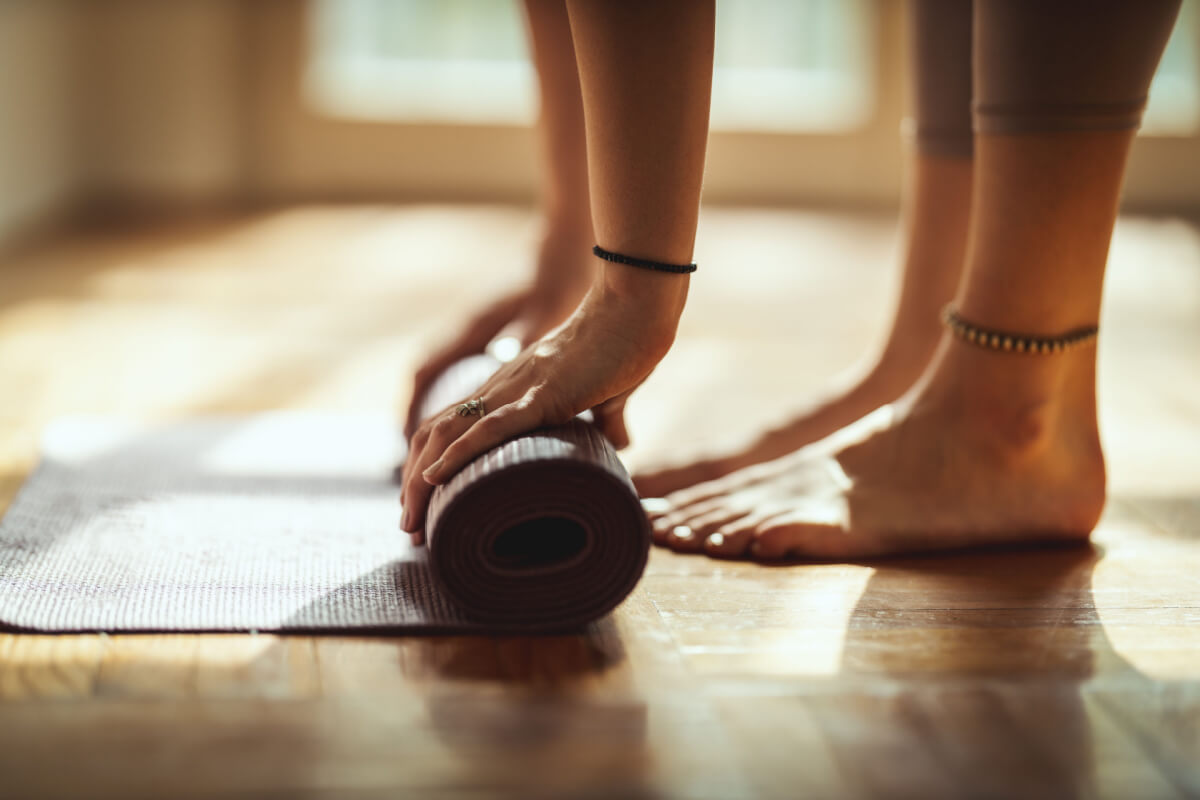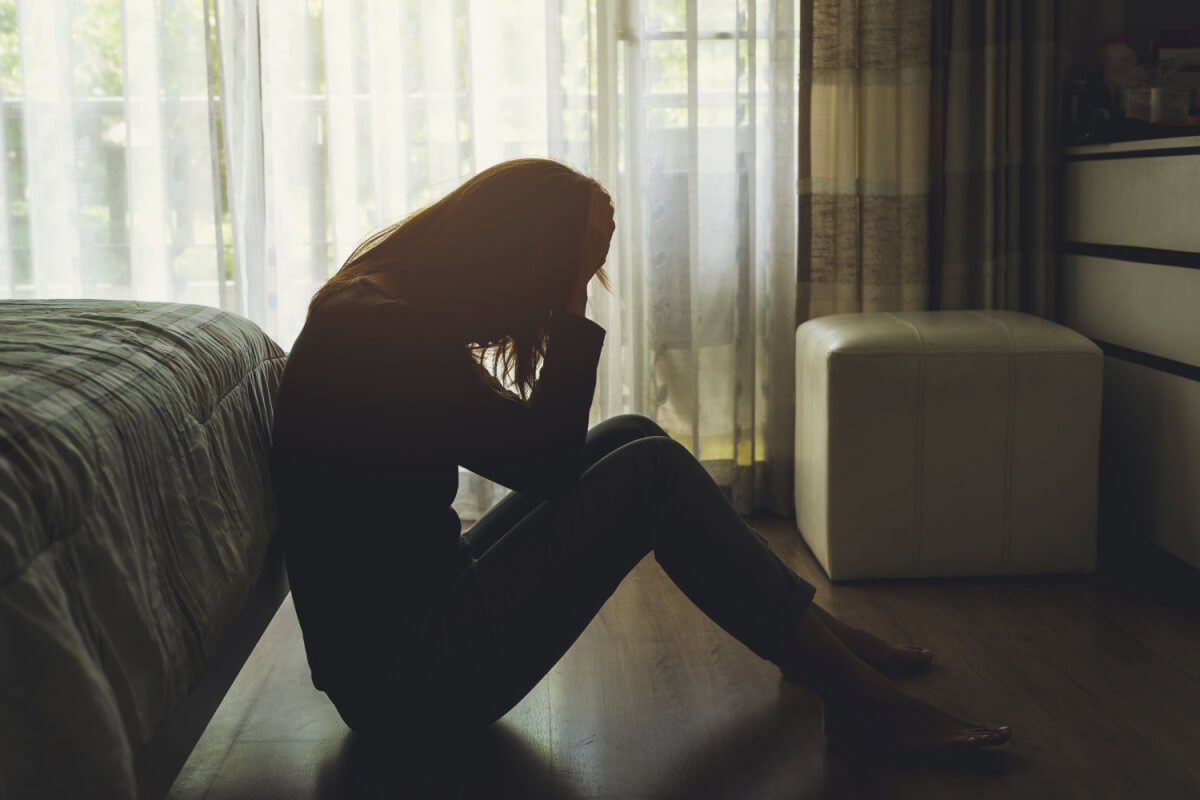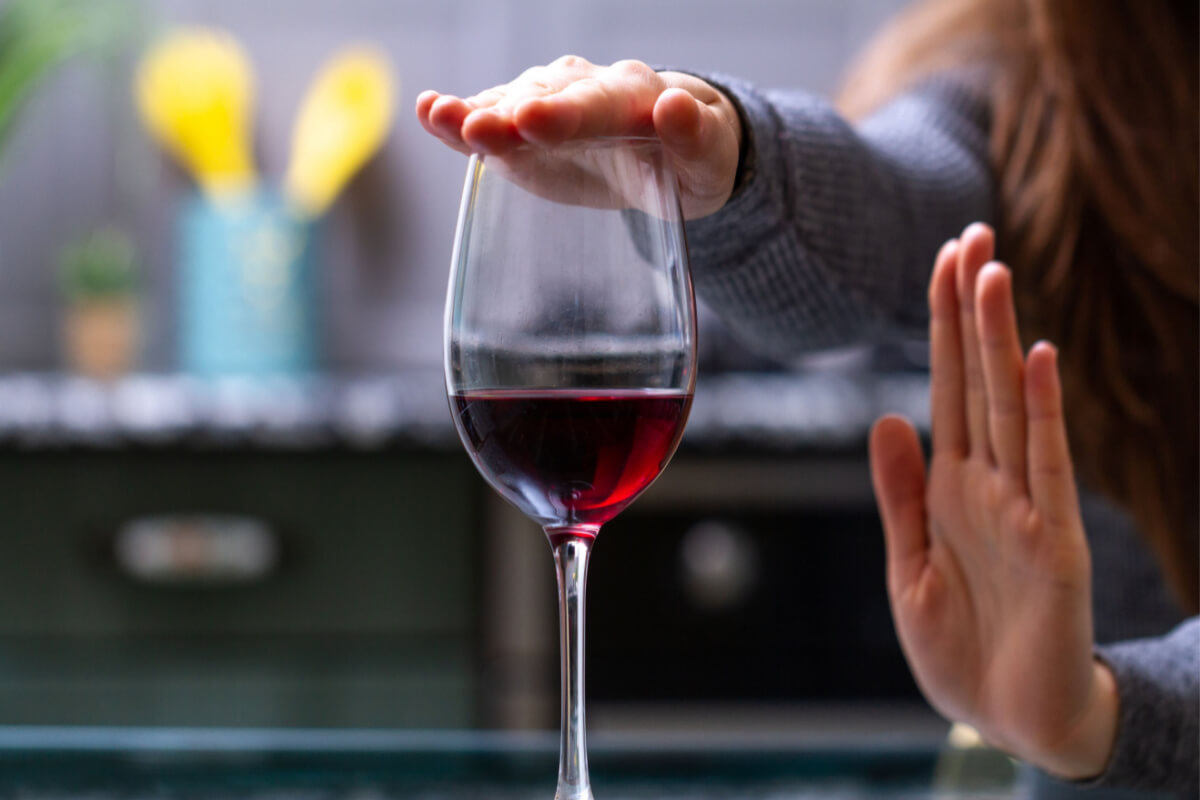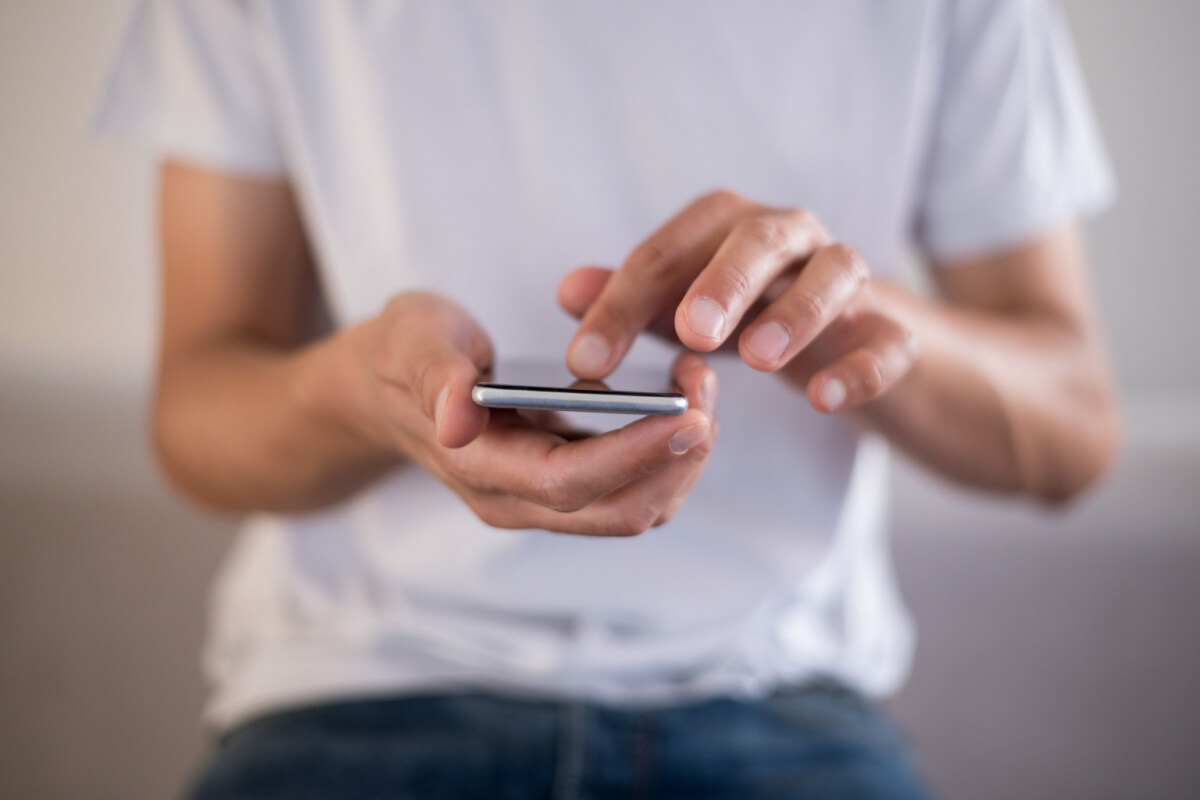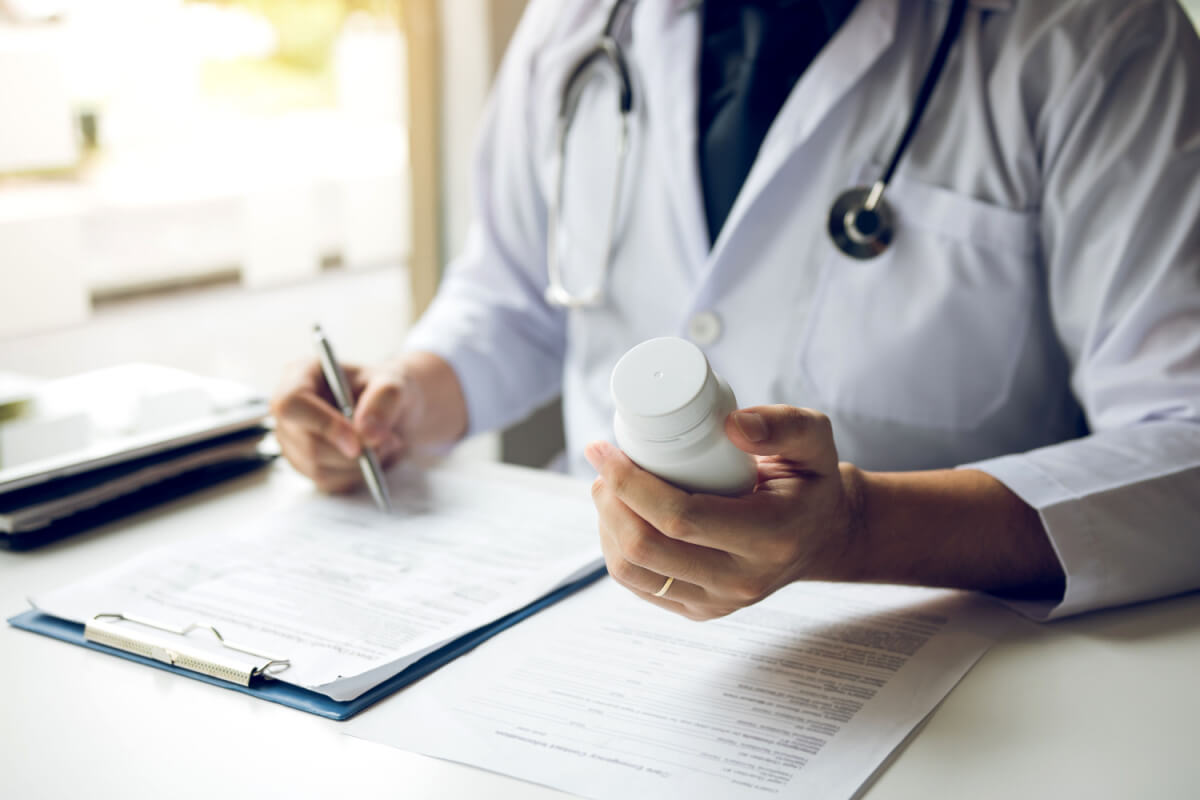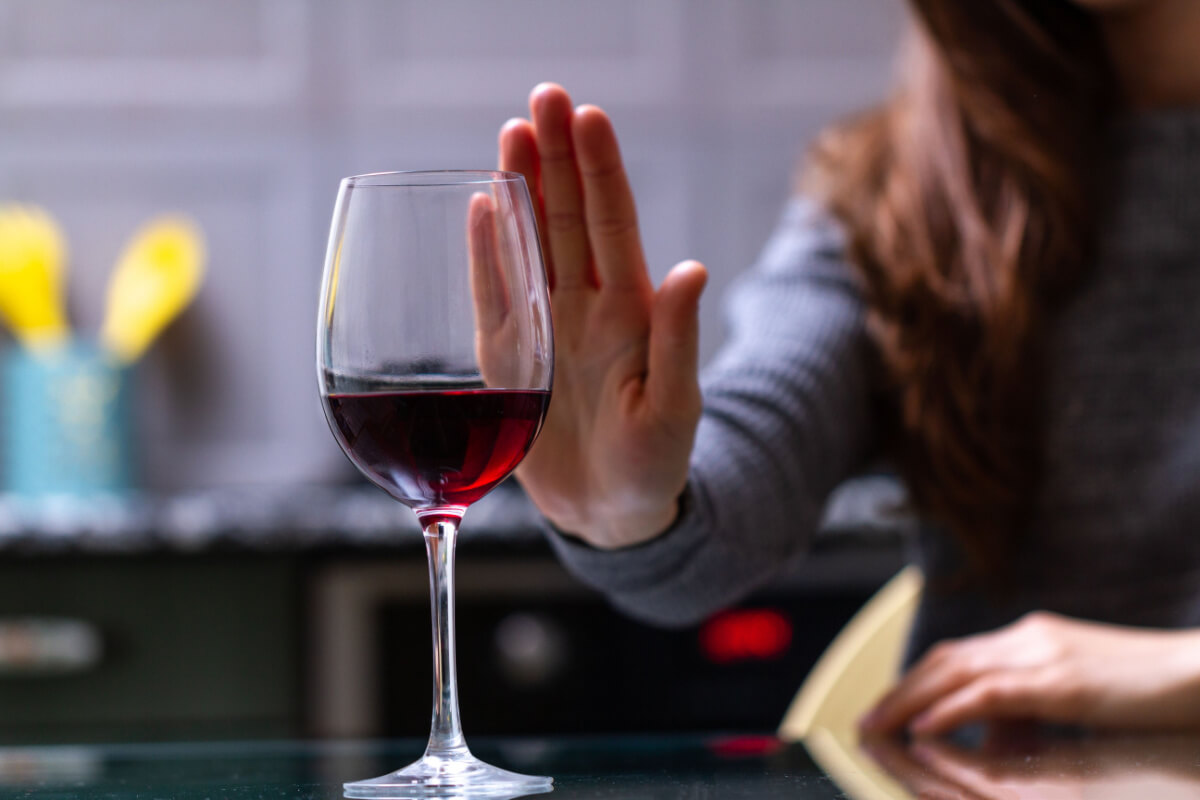
Craving alcohol is common during recovery from an AUD. Individuals who learn what triggers their cravings and how to control those cravings can succeed in overcoming an alcohol use disorder.
How Do Cravings Work in the Brain?
The more we understand addiction and substance use disorders, the more we understand them as chronic medical conditions.
Chronic drinking alters the brain’s glutamatergic neuroplasticity.[1] The brain grows used to stimulation of receptors from alcohol. When a person with AUD stops drinking and that stimulus is withdrawn, the person can experience withdrawal symptoms which include cravings to drink.[2]
Tips to Manage Alcohol Cravings
Here are some common tips to help control alcohol cravings:[3]
Learn Your Triggers
A person may have both external and internal triggers that cause an urge to drink.
External triggers are people, places, things, or times of day you associate with drinking.
Internal triggers can be a bit more complex to understand. These are internal emotions or thoughts that can trigger an urge to drink, such as stress, depression, grief, boredom or anger.
Understanding your triggers will help you avoid them when possible and prepare you to manage them if and when they do occur.
For example, if you are used to having a drink the minute you get home from work, you can anticipate strong cravings as soon as you arrive home. By anticipating those cravings ahead of time, you can make plans to avoid drinking at that time; perhaps you take a walk with a spouse prior to going home, or perhaps you make a plan to watch an episode of television instead of having that drink.
Knowing when and what triggers your cravings can prepare you ahead of time to prevent succumbing to those cravings.
Practice Healthy Coping Techniques
In addition to learning your triggers, you should practice healthy ways to cope with urges to drink. Positive coping techniques include: [3]
- Actively think about why you’re quitting and remembering your long term goals
- Talk about your cravings with friends, family or other trusted individuals
- Distract yourself with other pleasurable activities, such as exercise, reading, watching TV, etc.
- Leave tempting situations such as parties or social events where alcohol is present
- Seeking out medical or mental health professionals for advice and support
- Trying group therapies such as alcoholics anonymous, SMART recovery, among others
- Try mindfulness, meditation, relaxation exercises, thai chi, yoga, acupuncture, or other holistic approaches to stress management in lieu of using alcohol
When Do Cravings Stop?
It depends. Some people with mild alcohol use disorder may find that cravings stop shortly after discontinuing alcohol use. For others with more severe use disorders, cravings may be present life long. For most people, craving severity fades over time, but the amount of time that people report feeling cravings varies from individual to individual. People in sustained/long term recovery have developed strategies to manage their cravings, and their chances of relapse are much lower.
The goal of recovery isn’t to “cure” an addiction or eliminate cravings altogether. The goal is to help a person to control the compulsion to drink so they can function to the best of their potential and to have the best quality of life.
Treatment Options to Help
Fortunately, Alcohol withdrawal is very treatable both with medications and with behavioral therapies.
Alcohol addiction treatment generally combines counseling and therapies with medications to help a person learn to control their substance use.[4]
The first pillar of treatment for AUD is behavioral therapy. One of the most common types of therapy used to help treat addiction is cognitive behavioral therapy. You’ll work with a mental health professional to better understand how you think and what causes your cravings and how NOT to act on those cravings.
The second pillar of treatment for AUD is medication. Three medications have been approved by the FDA to treat alcohol use disorder: naltrexone, acamprosate, and disulfiram.
- Naltrexone: This medication works by decreasing cravings. It is highly effective at reducing relapses and heavy drinking in many patients.
- Acamprosate: This medication also works by decreasing cravings.
- Disulfiram: This medication causes a person to have a negative reaction when drinking alcohol. It is helpful for people who are highly motivated to quit drinking but want an extra incentive not to drink. Because it does not actually act by decreasing cravings to drink (instead it just makes a person feel sick if they do drink), it has fallen out of favor as a first line option for treating AUD but may still be appropriate or helpful for some individuals who cannot tolerate or prefer not to take Acamprosate or Naltrexone.
With the right help, including medication and therapy, you can successfully learn to deal with alcohol cravings. If you know how to manage cravings, you won’t return to drinking when triggers arise.

Medically Reviewed By Elena Hill, MD, MPH
Elena Hill, MD; MPH received her MD and Masters of Public Health degrees at Tufts Medical School and completed her family medicine residency at Boston Medical Center. She is currently an attending physician at Bronxcare Health Systems in the Bronx, NY where ... Read More
- The Science Behind Alcohol Cravings. The Tempest. https://www.thetemper.com/science-behind-alcohol-cravings/. April 2019. Accessed November 2022.
- Scripps Research Study Reveals How Alcohol Cravings Get Stronger After Drinking During Withdrawal. Scripps Research. https://www.scripps.edu/news-and-events/press-room/2022/20220502-weiss-alcohol-cravings-withdraw.html. May 2022. Accessed November 2022.
- Handling Urges to Drink. National Institute on Alcohol Abuse and Alcoholism. https://www.rethinkingdrinking.niaaa.nih.gov/tools/Interactive-worksheets-and-more/Stay-in-control/Coping-With-Urges-To-drink.aspx. Accessed November 2022.
- Treatment Approaches for Drug Addiction. National Institute on Drug Abuse. https://nida.nih.gov/publications/drugfacts/treatment-approaches-drug-addiction. January 2019. Accessed November 2022.
Download Our Free Program Guide
Learn about our program, its effectiveness and what to expect
Related articles
Imagine what’s possible on the other side of opioid use disorder.
Our science-backed approach boasts 95% of patients reporting no withdrawal symptoms at 7 days. We can help you achieve easier days and a happier future.


